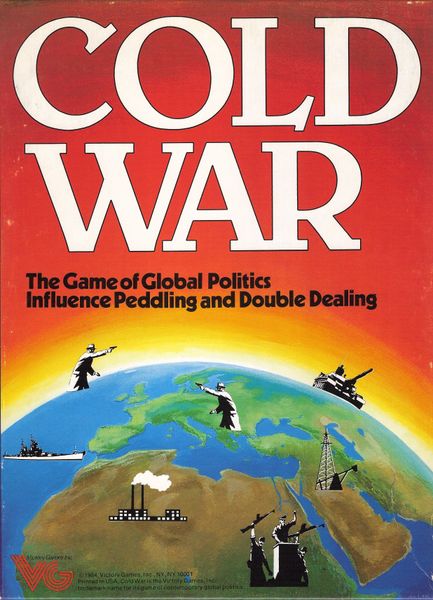Cold War (1984) Board Game
Cold War is a strategic board game that simulates the geopolitical tensions of the Cold War era. Released in 1984, it was designed by Ted Koller and James Talbot, and published by Victory Games. The game allows players to take on the roles of various superpowers during this turbulent period in history, engaging in economic, negotiation, and political strategies to gain influence and control.
Game Components
How To Setup
Setup involves each player selecting or being assigned a superpower, distributing initial resources, and placing starting military units. The game board is divided into large territories rather than detailed hexes, simplifying the geography. Players also receive paper money and resource cards to manage their economies.
Gameplay Mechanics and Game Objective
Player Experience
**Supremacy** offers a strategic gameplay experience where players must balance economic, military, and technological aspects to achieve global dominance. The game encourages a mix of long-term planning and adaptive strategies, particularly due to the random events introduced by the Fortuna deck. Players must navigate the risks of nuclear warfare, which can lead to a stalemate or even a “nuclear winter” scenario.
Pros
Cons
Personal Thoughts on Supremacy
**Supremacy: The Game of the Superpowers** is ideal for players interested in strategic board games that capture the essence of global politics and warfare during the Cold War era. It is particularly suited for those who enjoy complex, long-term strategy games and are not deterred by the potential for lengthy gameplay sessions. The game’s focus on both military and economic strategies makes it a unique and engaging experience for fans of wargames and strategic board games.
We are supported by our audience. When you purchase through links on our site, we may earn an affiliate commission, at no extra cost for you. Learn more.

